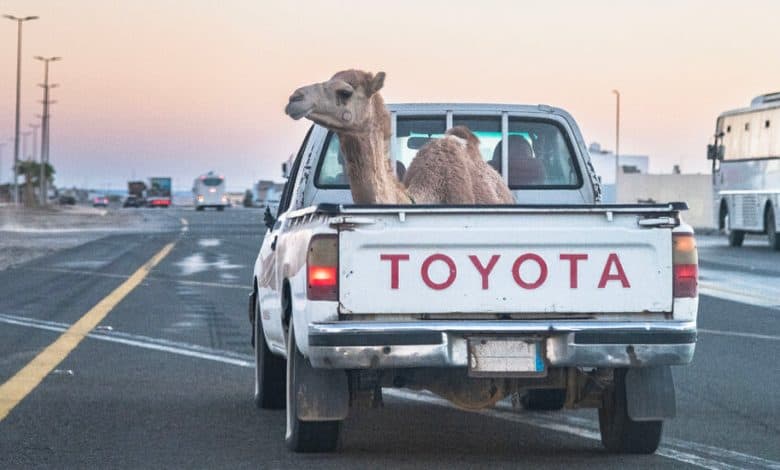Why Cover Saudi Arabia as a Travel Destination?

When my Travel story about Saudi Arabia was published online last week, some readers bristled.
Why, they wanted to know, had The New York Times’s Travel team devoted so much time and effort to a country whose authoritarian government has committed grievous human rights abuses? Why did the kingdom deserve our attention? How much had the government paid us for our coverage?
The last question is the easiest to answer: Accepting money (or any other benefit) in exchange for coverage is strictly prohibited by The Times’s ethics guidelines. We simply don’t do it.
But in the context of Saudi Arabia, I can understand why readers wonder. While reporting the story, I learned about the incredible extent to which the Saudi government and its tourism officials have paid online influencers — those on Instagram, TikTok and YouTube — to visit the country and share overly simplified accounts of carefully curated experiences. Such an arrangement creates incentives to focus on the positive aspects of the country and leave out anything that paints a more complicated picture. And so social media is awash with glossy, one-sided content from the kingdom — which you might not realize, because the arrangements that produce it often aren’t disclosed.
In my mind, that’s one of the factors that justifies our independently reported article about Saudi Arabia’s new tourism projects: The Times is now one of the few outlets where curious readers — and potential visitors to Saudi Arabia — can find a balanced travel story that acknowledges both the country’s profound changes and its continuing complexities, including its troubling track record with human rights abuses, religious extremism and the oppression of women and L.G.B.T.Q. people.
Why was the story assigned in the first place? To put it simply: It’s newsworthy. Saudi Arabia’s $800 billion approach to drawing tourists — by building vast infrastructure for nonreligious visitors on a relatively short timetable — is unparalleled in its ambitions. What’s more, it’s part of a broader set of goals to reshape both the Saudi economy and its society at large.
